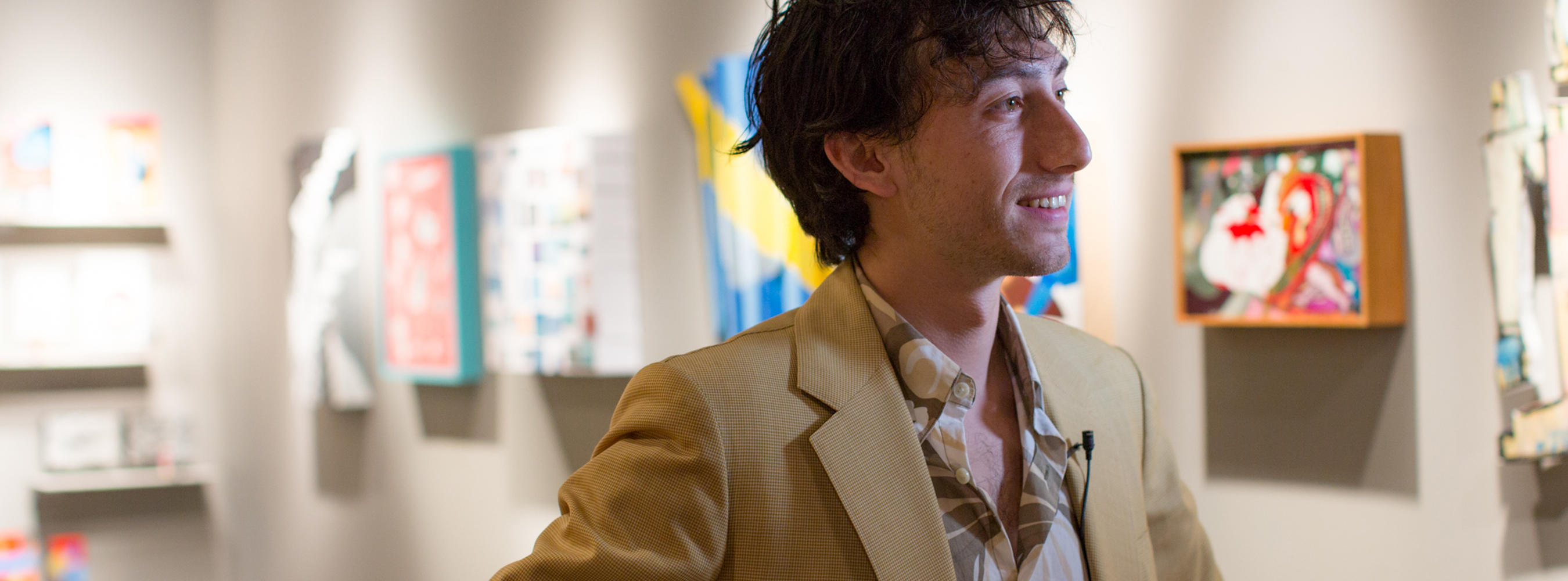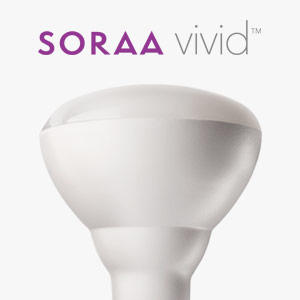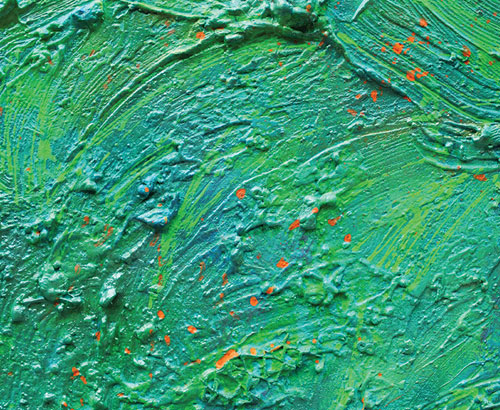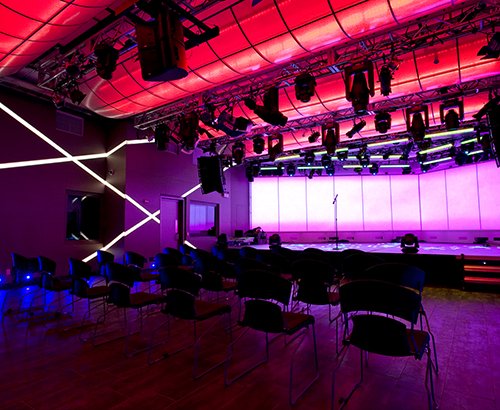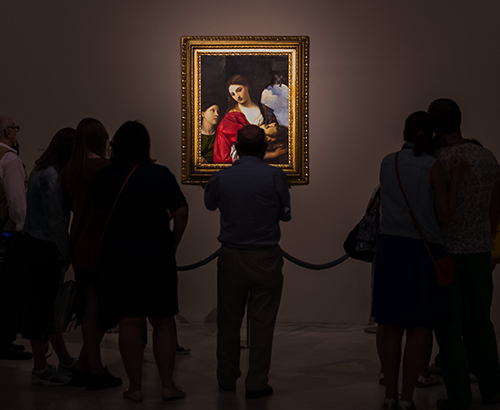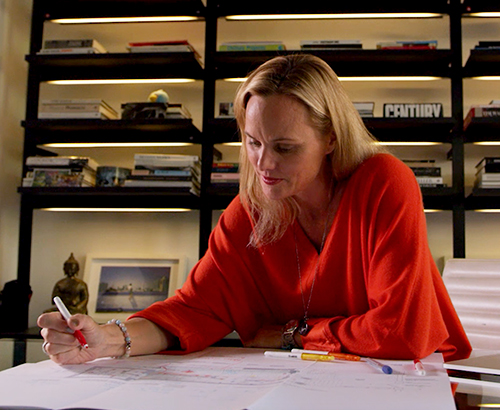Torchlight Series: Talking About the Importance of Fostering Artistic Talent with Ki Smith - Part 2
January 2018 - by SORAA
I like this
During Art Basel, the world-renowned art fair in Miami this past December, we partnered with Superfine! - a fast-growing, hyper-curated art fair that spotlights up-and-coming contemporary artists. As part of our collaboration, we lit up the artwork of Apostrophe Gallery, the iconoclastic art gallery created in 2012 by two NYC-based brothers, Sei and Kei Smith.
During the fair, we spent some one-on-one time with Ki Smith - co-founder of Apostrophe Gallery. We spoke about him growing up in New York City, where he got his first taste of working in the art world at the age of 16. Ki also explained how he evaluates art and why it's so important for galleries to continually evolve with the artists they represent.
Previously, you mentioned that there are three components of successful artwork. What's your process for evaluating art?
I’ve been doing a lot of thinking about this, and about what a successful work of art is. And the more I think about it, I’ve realized that a successful work of art is the combination - the harmonious combination - of ideas, material, and aesthetic. 'Ideas' being the concepts behind the work; 'materials' being the materials in play; and 'aesthetic' kind of being the odd one out, where this is the kind of X-factor that the artist brings in. Every person has their own aesthetic, and when it can link up with those two things, I think it's really successful and beautiful.
How has Apostrophe evolved over the years?
Apostrophe NYC has changed a lot and gone through a lot of different iterations. My brother and I started the gallery in 2012 as an underground music venue and art gallery in Bushwick, Brooklyn. One of the things that's been constant in Apostrophe is always finding new ways to show work and new art forms to bring in to enhance the experience. It started as a nightclub, as this idea that people who like music also like art. And you can have the two of them together harmoniously.
And then after that was finished - that gallery actually kind of got dramatically shut down because there were a lot of complicated things in that iteration of the space. But really, that was fun because when you're young and you just start creating the space, it’s about doing, and figuring out what you can do with a space. And it’s our own naivete that allowed us to sustain the gallery for so long in that space.
Once we didn't have a permanent space is when we really started expanding, and I think that really opened a lot of doors for us because all of a sudden, we stopped seeing a gallery as something that really needed to be in a brick and mortar space. And all of a sudden, you realize that a gallery is really just a combination of elements that come into play. If you have a viewer, a site, and art, you can render those three elements into a gallery. And that's something that can be taken to a plethora of different places. We did that at the stairwell at the Whitney Museum, or the courtyard of MoMA PS1, or a subway station - these are all sites that can play with the perception of viewership.
In our newest iteration since being at Mana Contemporary, we've been doing this really exciting new dinner series. We've partnered with a local company from New York, Farm To People, and they do all this locally sourced small-batch food. They source the ingredients for dinner, and we feature an artist. So, we have these dinner events and this is just another way to experience art in a really intimate setting. There's an artist talk. You're in a group of 12 people, so it’s getting away from the hubbub of a full party opening, which is great.
Right now, we're back in the pop-up gallery phase. One, doing the dinners as kind of a once-a-week thing where we can continue to curate shows and continue to curate work into spaces. Those are all taking place right off the Bowery on 2nd Street, so those are right in the East Village and Lowest East Side neighborhoods of New York City. In the meantime, we're also doing a lot of events with charity. We did a show on 9th Street of all photography and we did a silent auction where 100% of proceeds went to relief for Hurricane Irma and Maria for Puerto Rico. We were able to raise over $4,000 for the charity Waves for Water. There's different ways to use art in a beneficial way.
There's something really magical about art and the idea that there's this alchemical process that kind of happens where an artist is taking raw materials, and through their artistic practice, transforming them into something with value. And if you can use that in a positive way where you can make as much of a positive impact on the world as you can through that alchemical process, I think that's where I want to fit in and that's what we try to do at Apostrophe NYC.
